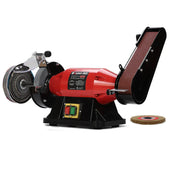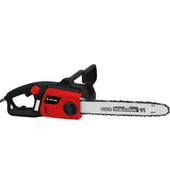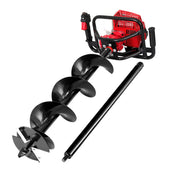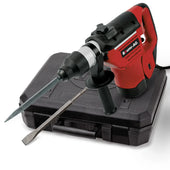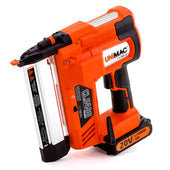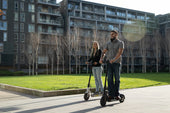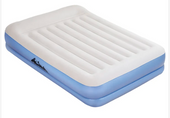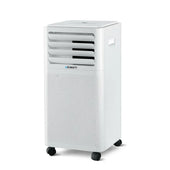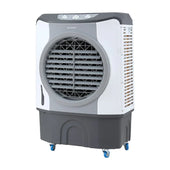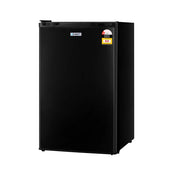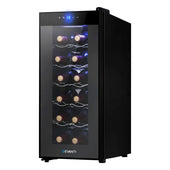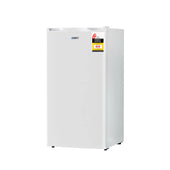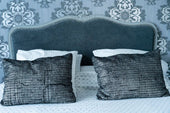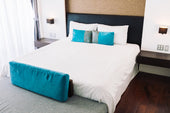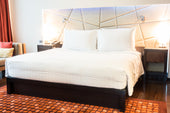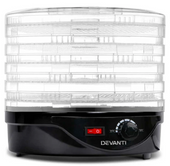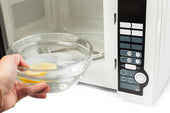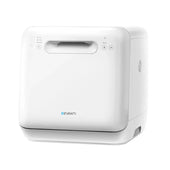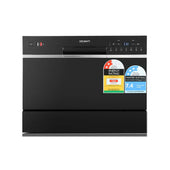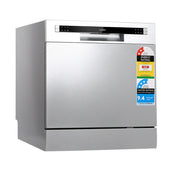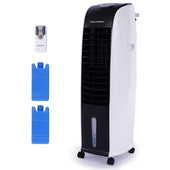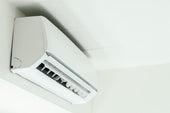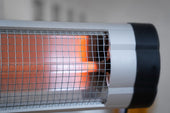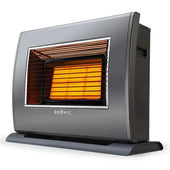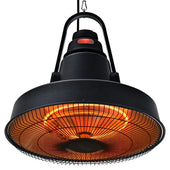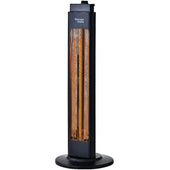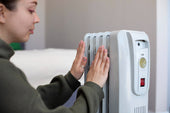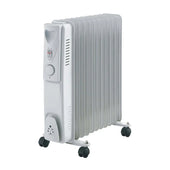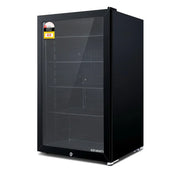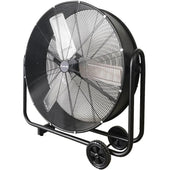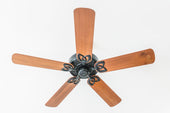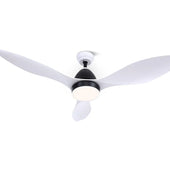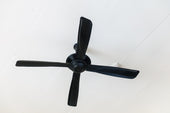Understanding the Importance of Bar Stool Height
Bar stool height is a crucial factor in achieving comfort, functionality, and harmony within a space. Selecting stools with the correct height ensures proper seating posture, preventing discomfort during extended use. Stools that are too high or too low disrupt the balance between the seating surface and the tabletop, affecting usability.
When matching stools to a bar table, the seat-to-counter clearance becomes essential. Typically, a difference of 25 to 30 centimetres between the stool’s seat and the table ensures ideal legroom. During days of regular use, adjustable stools offer versatility, accommodating different table heights or user preferences. Accurately measuring both the tabletop and floor-to-seat height simplifies decision-making, avoiding mismatches.
Standard Bar Stool Measurements Explained
Bar stools typically fall into three standard height categories to suit a variety of bar or counter setups.
- Counter-Height Stools: These generally measure 60-65 cm (24-26 inches) from the floor to the seat, ideal for counters approximately 90 cm (36 inches) tall. They suit most standard kitchen countertops.
- Bar-Height Stools: Measuring 70-75 cm (28-30 inches) from the floor to the seat, these are designed for bar tables standing 100-110 cm (40-42 inches) tall.
- Extra-High Stools: These range from 80-85 cm (32-34 inches) and pair with elevated bars or pub-style tables over 110 cm (42 inches).
Allow 25-30 cm (10-12 inches) of clearance between the seat and the underside of the bar or counter for optimal comfort.
Tools Needed for Measuring Bar Stool Height Accurately
Accurately measuring bar stool height requires a few essential tools to ensure precision. Start by using a tape measure or a meter ruler to determine the seat height in relation to the table's or counter's height. A spirit level can be employed to check the stool's balance and ensure the surface being measured is level. Including a notepad and pen is helpful for recording measurements and preventing errors.
Additionally, a step ladder can be used to measure taller stools or table surfaces safely. For enhanced accuracy, consider using a digital height gauge or laser measurer.
How to Measure the Height of Your Bar Stool
Accurately measuring bar stool height is essential to matching it with your kitchen or bar table. Follow these steps to determine the correct size:
- Measure the table or counter height: Use a tape measure to determine the distance from the floor to the underside of the table or counter where the stools will be placed. Record this measurement.
- Account for legroom: Subtract 25-30 cm from the table height to allow for comfortable leg space. This will indicate the optimal seat height for your bar stool.
- Measure the current stool: If replacing stools, measure from the floor to the top of the seat for comparison.
- Adjust for cushion thickness: For upholstered stools, factor in the cushion’s compression when used.
Always double-check measurements for accuracy before purchasing.
Determining the Perfect Fit for Your Table or Counter
When selecting bar stools, height is an essential factor to consider. To ensure comfort, there must be sufficient space between the seat and the table or counter. Generally, there should be a gap of 25 to 30 cm between the seat height and the underside of the surface. Measuring the table or counter height is a good starting point.
Choose stools with adjustable heights for flexibility, especially if multiple users or surfaces are involved. For non-adjustable stools, ensure they correspond to standard height categories like counter height (60-70 cm) or bar height (75-85 cm). Additionally, allow 15-20 cm of space between stools for easy movement.
Common Mistakes to Avoid When Measuring Bar Stools
- Ignoring Stool Height Variations: Many overlook the difference between bar stool and counter stool heights. Bar stools typically measure 74-83 cm, whereas counter stools range from 61-73 cm. Choosing the wrong height may lead to discomfort.
- Failure to Measure Table Clearance: Neglecting to allow at least 25 cm space between the stool seat and the tabletop can result in limited legroom. Always ensure adequate clearance before selecting stools.
- Overlooking Width and Quantity: Forgetting to measure both the width of stools and the total table length can crowd seating arrangements. Allocate roughly 15-20 cm between each stool for ease of use.
- Using Improper Tools: Relying on estimates rather than precise measuring tools, such as a tape measure, can lead to miscalculations and mismatched stools.
- Skipping Floor Space Assessment: Ignoring floor layout might cause stools to obstruct movement. Carefully map the space to evaluate circulation paths before purchasing stools.
Adjustable Versus Fixed Bar Stools: Finding the Right Choice
When choosing between adjustable and fixed bar stools, it is essential to consider functionality and personal preferences. Adjustable bar stools feature a height mechanism that allows users to adapt the stool to suit various table or counter heights. This versatility makes them ideal for multi-purpose spaces or mixed seating arrangements. Additionally, they often include swivel designs, adding flexibility.
Fixed bar stools, on the other hand, offer a sturdy and static design. They are perfect for spaces where uniformity is desired and where the counter height remains consistent. Buyers should focus on their counter heights, space dynamics, and intended use when deciding between these two options.
Pro Tips for Matching Bar Stools to Your Decor
- Consider the Overall Style: Match bar stools to the kitchen or bar's aesthetic. Industrial spaces pair well with metal stools, while farmhouse or rustic styles suit wooden stools with distressed finishes.
- Coordinate Colours: Choose stools that complement or contrast with the room’s colour palette. Neutral hues offer versatility, whereas bold colours create a striking visual element.
- Factor in Materials: For a cohesive look, align the stool materials with nearby surfaces. For example, leather or upholstered stools blend with soft furnishings, while metal stools complement stainless steel appliances.
- Don’t Forget Scale: Ensure the stool height works with the bar or table. Include backrests or armrests if the space allows, enhancing comfort and functionality.
- Mix and Match Thoughtfully: Combining stool styles adds personality. However, keeping some cohesive elements, like colour or material, avoids a cluttered appearance.
Customising or Modifying Bar Stools for Optimal Fit
Customising bar stools allows homeowners to achieve a perfect balance between comfort and aesthetics. Factors such as seat height, upholstery, and footrest position are crucial for personalisation. Adjustable height features can cater to varying counter thicknesses and user preferences.
For added comfort, replacement cushions or padded covers can be chosen to complement the existing décor. Paint or wood stains can also be applied to refresh faded finishes or align with the kitchen theme. Swivel mechanisms can be installed to improve functionality, especially in social settings.
Foot grips or pads may be added to ensure stability and protect flooring. Always ensure modifications are secure and durable.
Maintenance Tips to Ensure Long-lasting Bar Stool Functionality
Proper care is essential to maintain the durability and functionality of bar stools. Regular cleaning should be performed using soft, damp cloths to remove dust and spills. Avoid harsh chemicals that could damage finishes or upholstery.
Check all screws and joints occasionally, tightening any loose fittings to maintain stability. For wooden stools, periodic application of furniture wax or polish can protect the surface and enhance its lifespan. Upholstered seats may require fabric cleaning solutions or professional care, depending on material type.
To prevent scratches, ensure stools are lifted rather than dragged. Minimising direct sunlight exposure can also help avoid fading or warping. Rotate bar stools periodically for even use.


